An Overview: 330R 5% 1206 Chip Resistor
The 330R 5% 1206 chip resistor is a surface-mount resistor widely used in electronic circuits to control current flow, divide voltages, and set bias conditions. This resistor has a resistance value of 330 ohms (denoted by “330R”), a tolerance of 5%, and is housed in a 1206 package size. The 1206 designation refers to the dimensions of the resistor, measuring 0.12 inches (3.2 mm) by 0.06 inches (1.6 mm).
Specifications
- Resistance Value: 330 ohms
- Tolerance: ±5%
- Package Size: 1206 (3.2 mm x 1.6 mm)
- Power Rating: Typically 0.125 watts (1/8 watt)
- Temperature Coefficient: ±200 ppm/°C
- Operating Temperature Range: -55°C to +155°C
- Maximum Working Voltage: Usually around 200 volts, but this can vary slightly between manufacturers
- Construction: Thick film or thin film, depending on the manufacturer
Features
- Size and Form Factor: The 1206 package is compact, allowing for high-density placement on printed circuit boards (PCBs). Its small size supports modern miniaturized electronic designs.
- Surface Mount Technology (SMT): Designed for SMT, facilitating automated assembly and reflow soldering processes.
- Tolerance: With a 5% tolerance, this resistor is suitable for general-purpose applications where precise resistance values are not critical.
- Reliability: Offers high reliability with good stability under various environmental conditions.
- Thermal Performance: Operates effectively over a wide temperature range, ensuring consistent performance in diverse applications.
- Power Dissipation: Typically rated for 1/8 watt, making it suitable for low to moderate power applications.
Applications
- Consumer Electronics: Used in smartphones, tablets, computers, and other gadgets to manage signal levels and control current flow.
- Industrial Equipment: Employed in control systems, automation devices, and instrumentation.
- Automotive Electronics: Integral in circuits within automotive systems, such as infotainment systems, sensors, and control modules.
- Medical Devices: Utilized in diagnostic equipment, monitoring devices, and other medical electronics due to their reliability and precision.
- Communication Devices: Found in routers, modems, and networking equipment to maintain signal integrity and manage power.
- Power Supplies: Used in voltage regulation circuits, feedback loops, and as current limiting resistors in power supplies.
- LED Lighting: Helps in current regulation and protection in LED driver circuits.
Developments
- Material Improvements: Advances in materials and fabrication techniques have improved the performance characteristics of chip resistors, such as stability, tolerance, and temperature coefficient.
- Miniaturization: Continued efforts to reduce the size of components without compromising performance have led to the development of smaller chip resistors, including those in the 0603 and 0402 packages.
- Enhanced Reliability: Ongoing research focuses on enhancing the reliability of chip resistors, especially for use in harsh environments like automotive and aerospace applications.
- Environmental Compliance: Modern chip resistors are increasingly designed to meet stringent environmental regulations, such as RoHS (Restriction of Hazardous Substances), ensuring they are free from harmful materials like lead.
- Automated Manufacturing: Improvements in automated manufacturing techniques have increased production efficiency and reduced costs, making high-quality chip resistors more affordable.
Instructions for Use
- PCB Design Considerations: Ensure the PCB design accommodates the 1206 package size. Provide proper pad layout to ensure a good solder joint and reliable electrical connection.
- Soldering: Use reflow soldering for mass production. The typical reflow soldering profile includes preheating, soaking, reflow, and cooling phases. For manual soldering, use a fine-tipped soldering iron with temperature control. Avoid excessive heat to prevent damage to the resistor and PCB.
- Placement: Automated pick-and-place machines should be programmed with the correct placement coordinates for accurate positioning. For manual placement, use tweezers or a vacuum pen to place the resistor on the PCB.
- Testing and Quality Control: After soldering, inspect the solder joints visually or with automated optical inspection (AOI) equipment to ensure proper placement and soldering. Perform electrical testing to verify the resistance value and ensure it meets the specified tolerance.
- Handling and Storage: Store resistors in a clean, dry environment to prevent oxidation and contamination. Handle with care to avoid physical damage to the resistors, especially the thin film layer.
- Circuit Design: Consider the resistor’s tolerance, power rating, and temperature coefficient when designing circuits to ensure reliable performance. In high-precision applications, account for the resistor’s tolerance in the overall error budget.
The 330R 5% 1206 chip resistor is a versatile and essential component in modern electronic circuits. Its small size, surface-mount form factor, and reliable performance make it ideal for a wide range of applications, from consumer electronics to industrial and automotive systems. By adhering to proper handling, placement, and soldering practices, this chip resistor can be effectively integrated into various electronic designs, ensuring optimal functionality and durability.
Also buy this resistor in pack of 100: (Pack of 100)
For more services: Click here

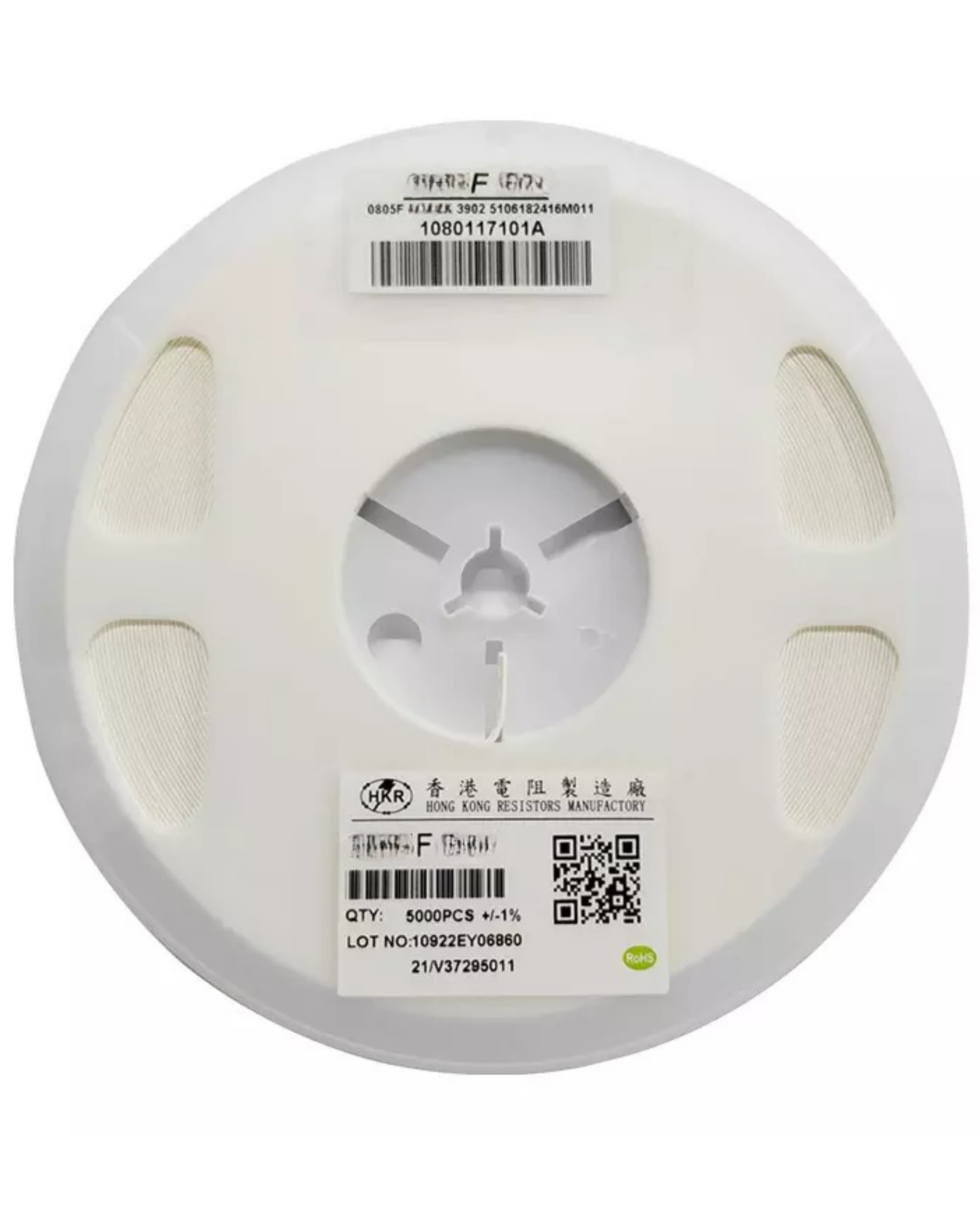
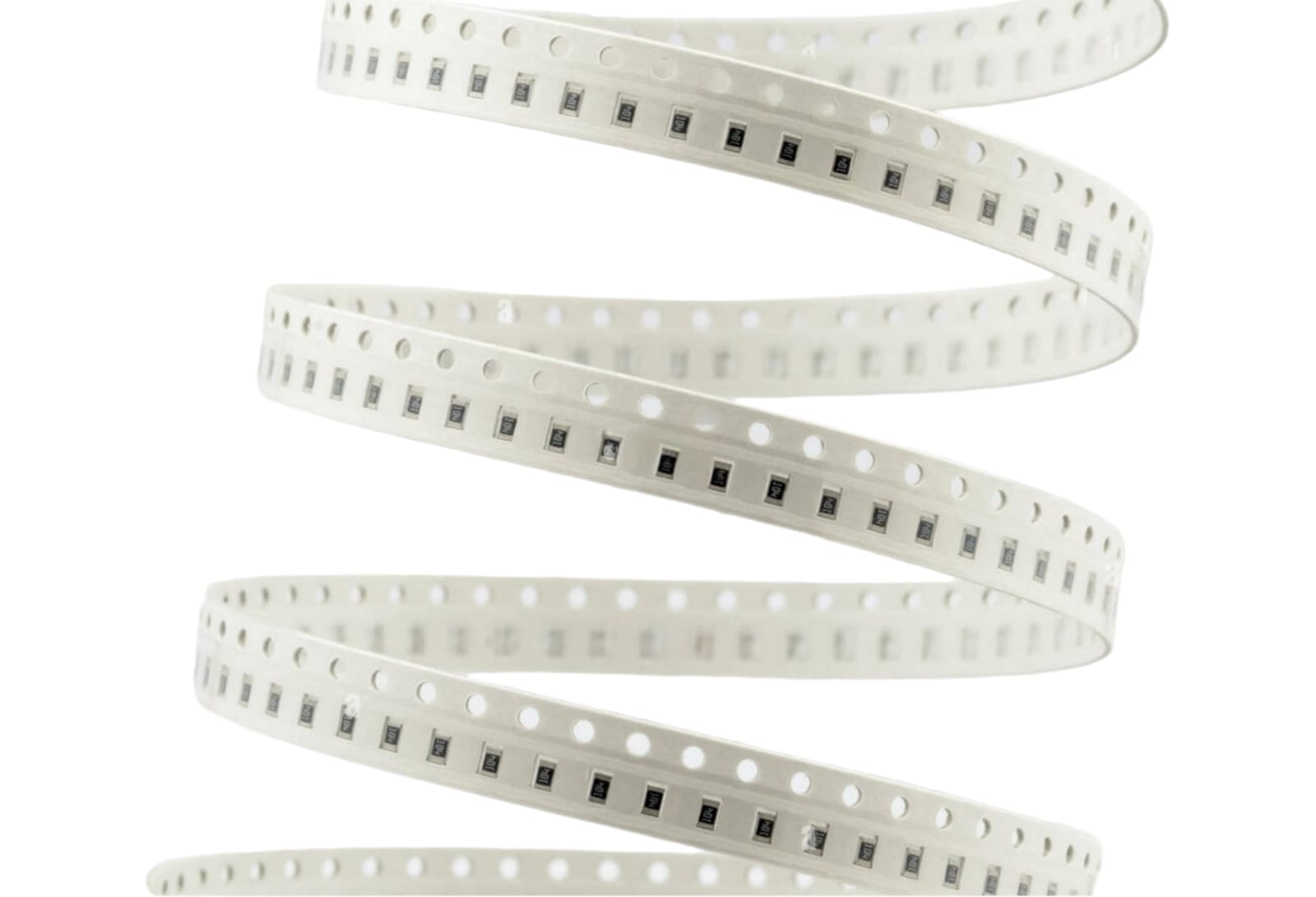
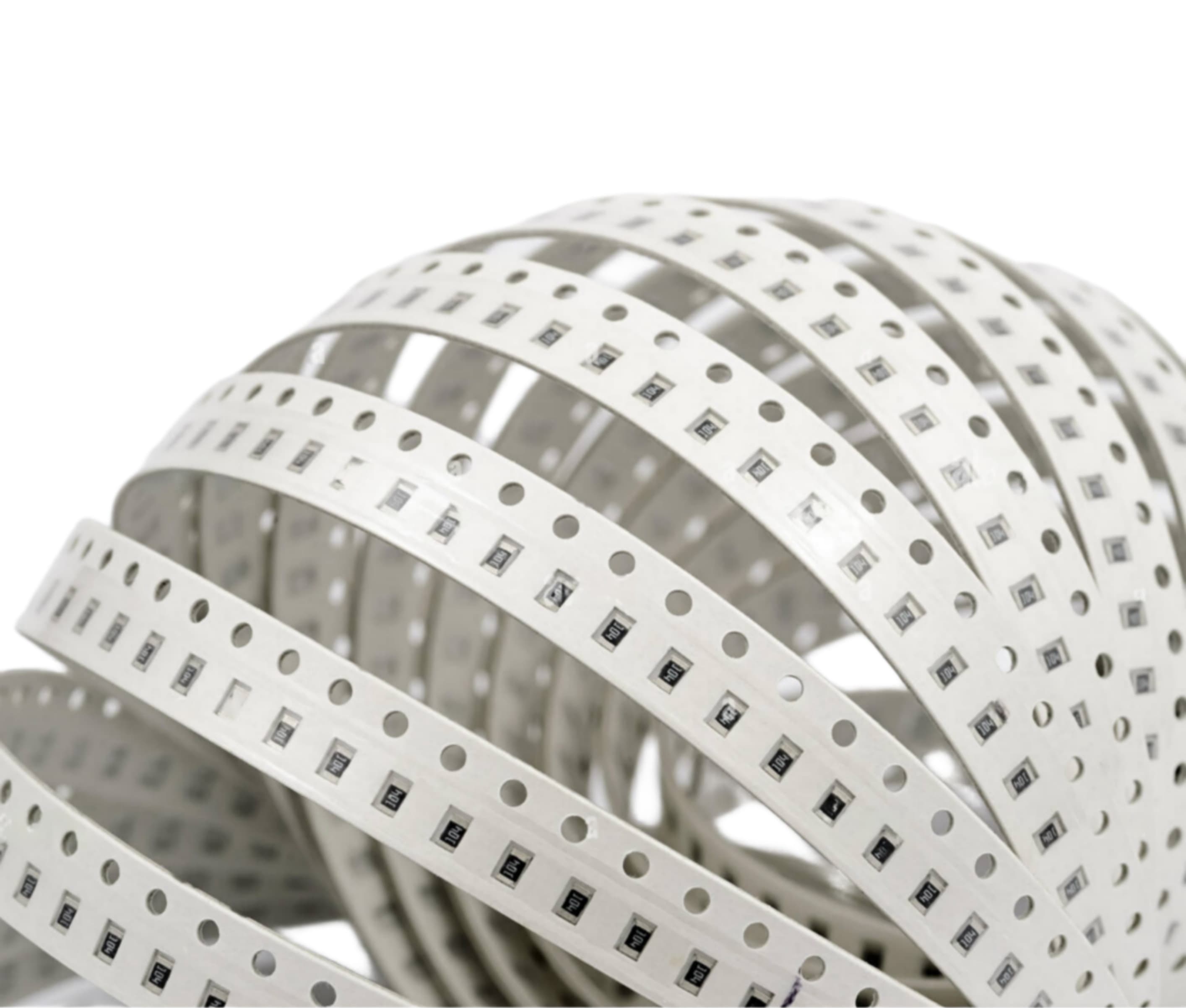
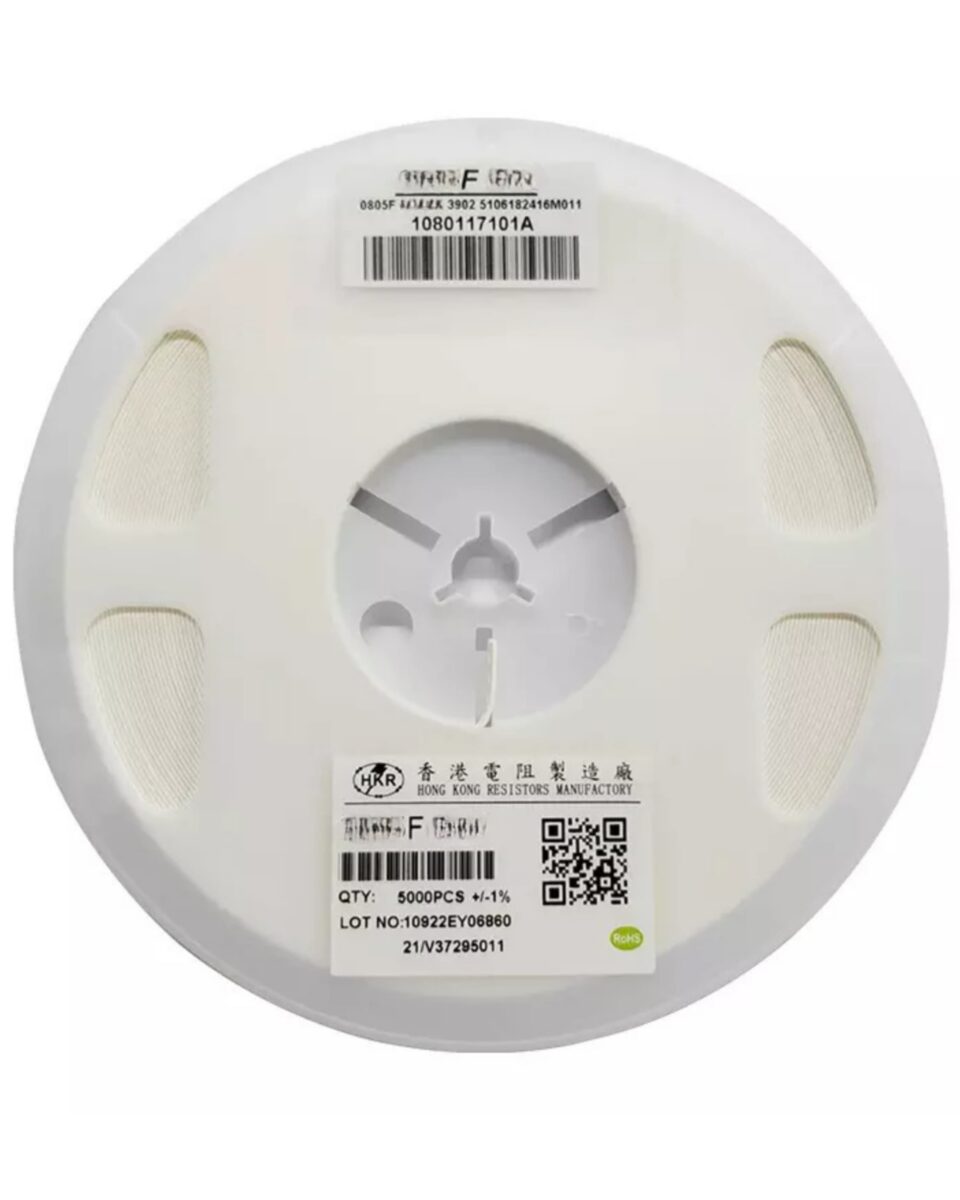
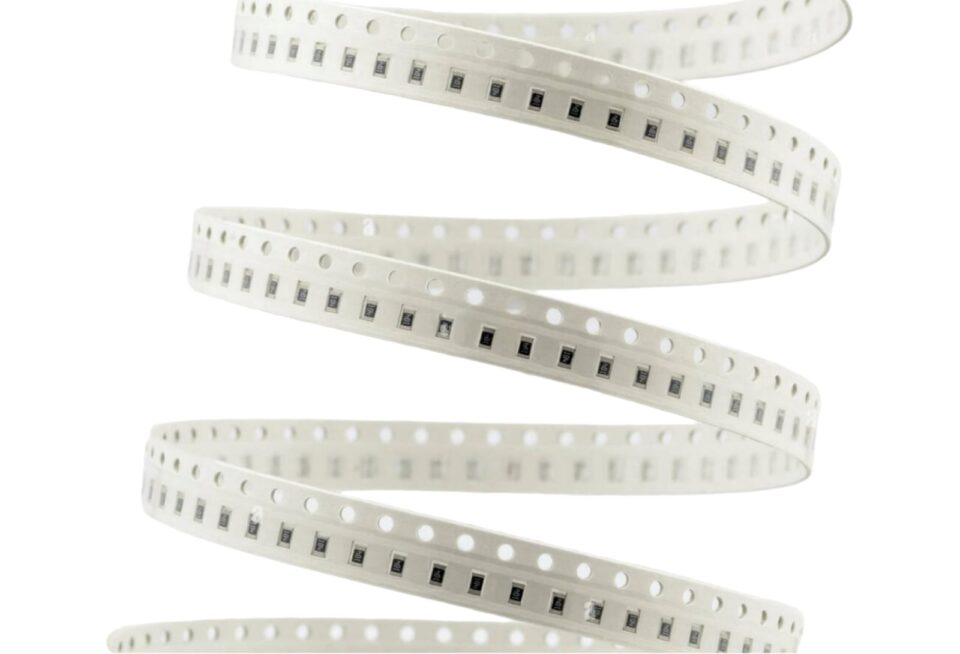
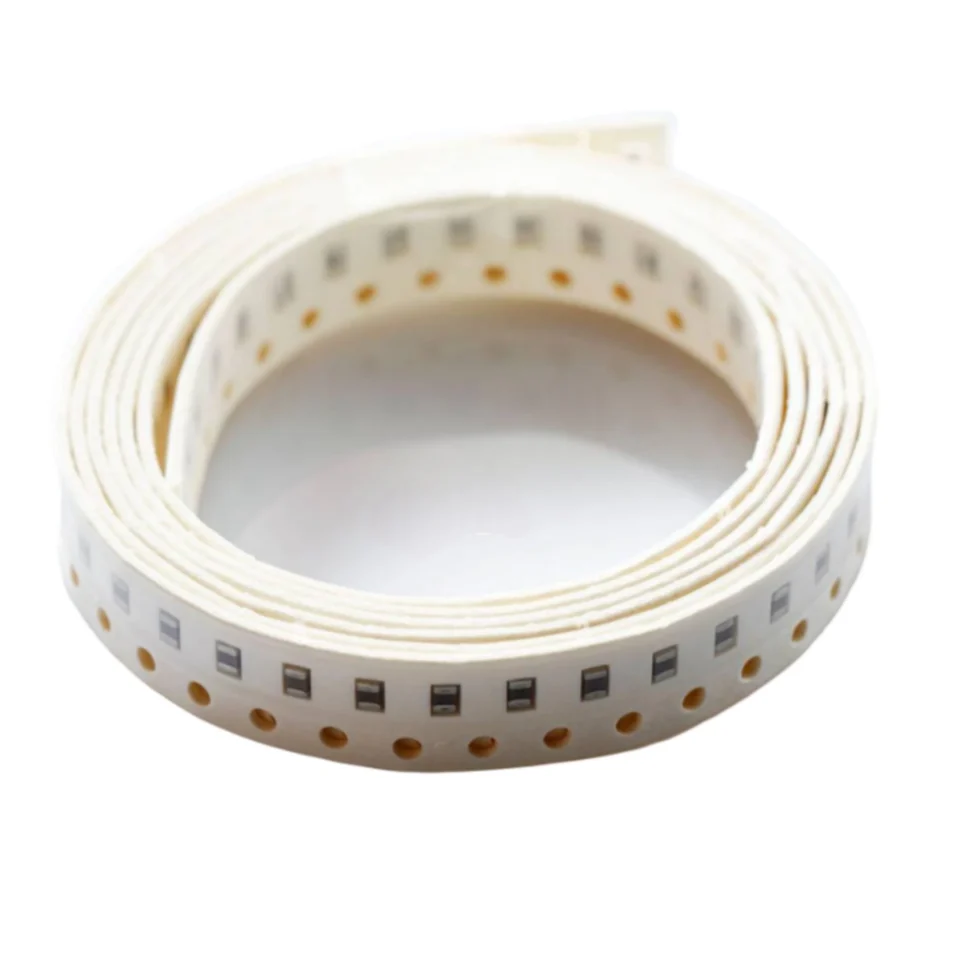
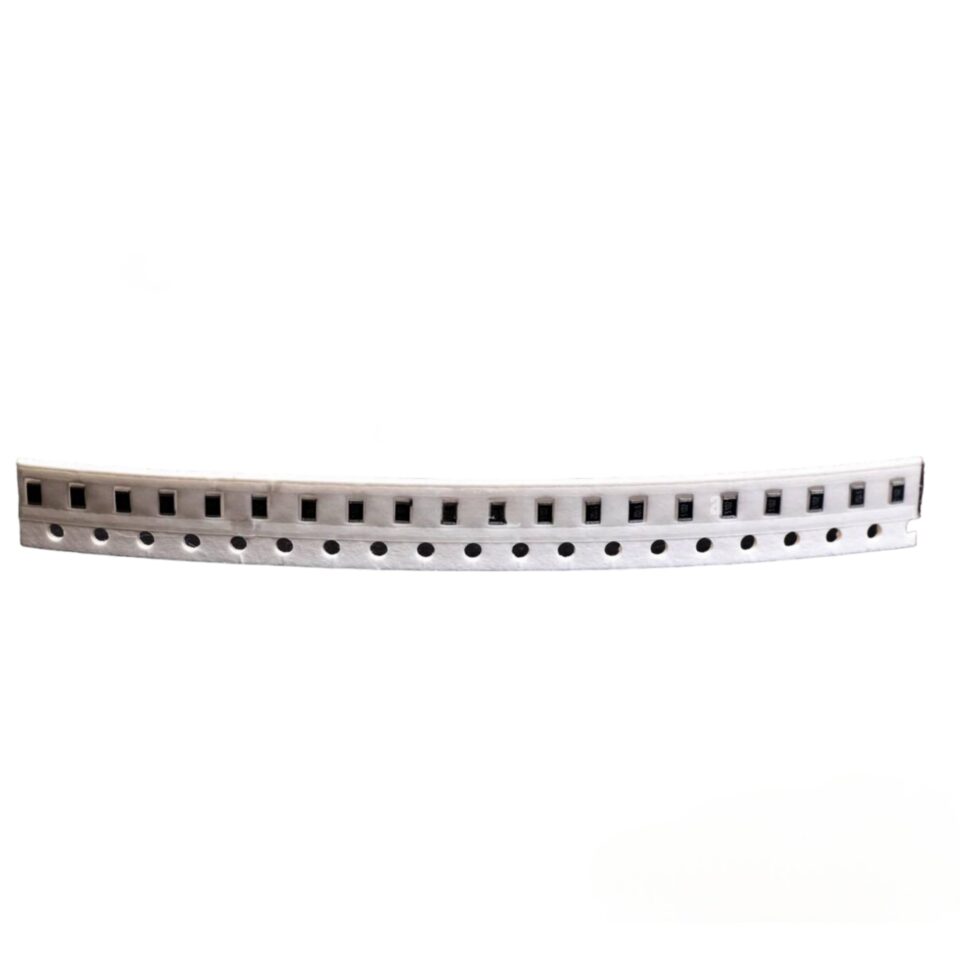
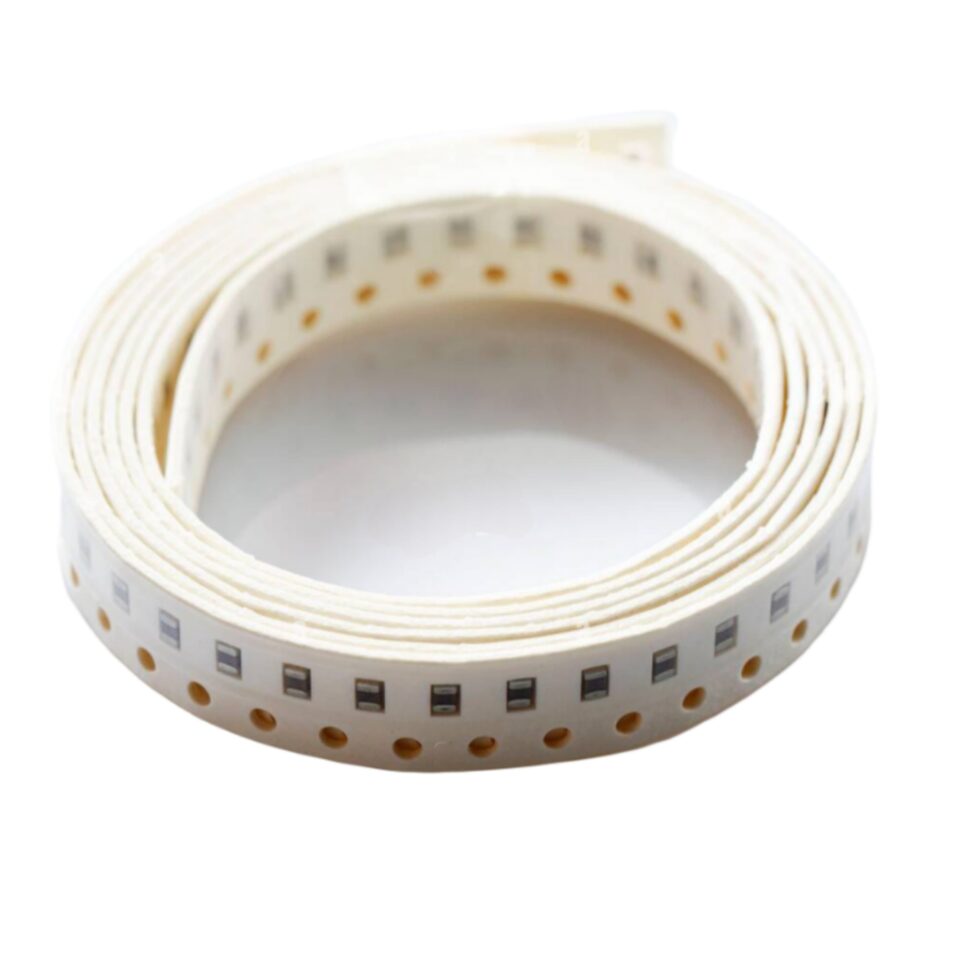
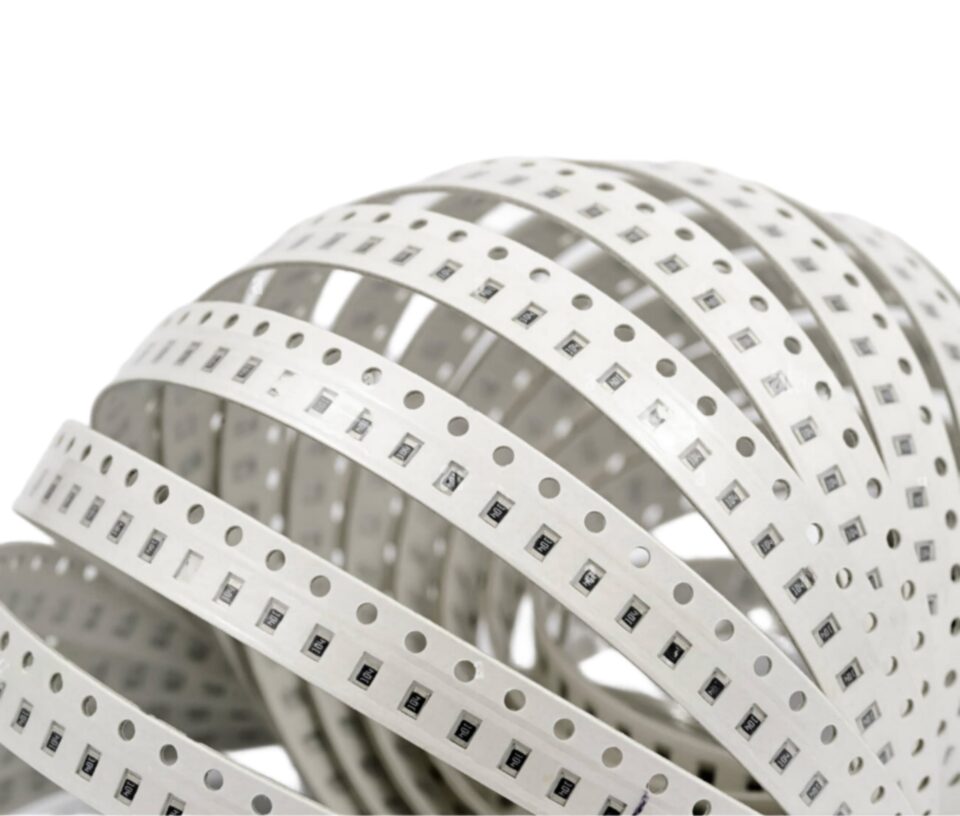
Reviews
There are no reviews yet.